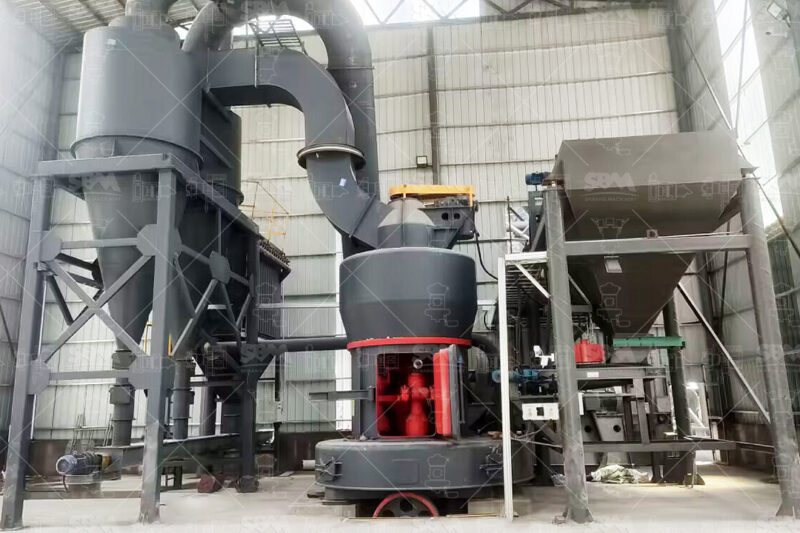
Grinding mills are essential equipment in various industries, including mining, construction, and chemical processing. Proper maintenance and timely repair are crucial to ensure optimal performance, longevity, and cost-efficiency. This guide provides a comprehensive step-by-step approach to grinding mill repair and maintenance services, ensuring your equipment operates at peak efficiency.
Regular inspection is the cornerstone of effective mill maintenance. Key areas to monitor include:
For high-precision grinding with minimal maintenance, consider our SCM Ultrafine Mill. Its durable design and efficient operation make it ideal for demanding applications.
| Model | Capacity (ton/h) | Power (kW) | Output Fineness (D97) |
|---|---|---|---|
| SCM800 | 0.5-4.5 | 75 | 325-2500 mesh |
| SCM1000 | 1.0-8.5 | 132 | 325-2500 mesh |
Proper lubrication is critical to prevent premature wear and overheating. Follow these steps:
Grinding mills experience significant wear over time. Key components to replace include:
Our MTW Series Trapezium Mill features a wear-resistant design, reducing maintenance costs and downtime. Its modular components allow for easy replacement.
| Model | Capacity (ton/h) | Power (kW) | Output Fineness |
|---|---|---|---|
| MTW110 | 3-9 | 55 | 10-325 mesh |
| MTW175G | 9.5-25 | 160 | 10-325 mesh |
Misalignment and imbalance can lead to excessive vibration and premature failure. Steps to correct these issues include:
Electrical systems require regular attention to prevent unexpected downtime:
Maintaining a safe and environmentally compliant operation is essential:
By following this step-by-step guide, you can ensure your grinding mill operates efficiently and reliably. Regular maintenance and timely repairs not only extend the lifespan of your equipment but also optimize performance and reduce operational costs. For high-quality grinding mills with advanced features, consider our SCM Ultrafine Mill and MTW Series Trapezium Mill, designed to deliver superior performance with minimal maintenance requirements.